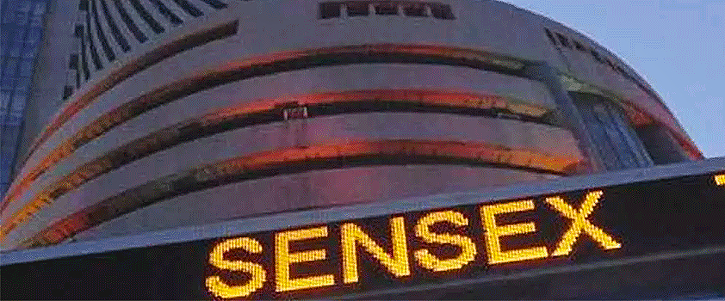Introduction
The top 30 firms listed on a Bombay Stock Exchange (BSE) are represented by the sensex index, the stock market index. It is one of the most popular benchmarks for a Indian stock market as well as is seen as a sign of the country’s overall economic health. You will examine the Sensex’s past, the variables that influence its fluctuations, and its importance to investors as well as the Indian economy in this post.
History of Sensex
The Sensex had a base value of 100 when it was originally created in 1986. To adapt to the changing Indian economy, it has the undergone several alterations and revisions since then. In order to make sure that the index accurately represents the shifting market circumstances, it is frequently reviewed and rebalanced. The dot-com boom of a late 1990s, the world financial crisis of 2008, and the most recent COVID-19 outbreak are just a few of the significant turning points in a history of the Sensex.
Calculation of Sensex
The free-float market capitalization technique, which only considers shares that are open to trade in a market, is used to compute the Sensex. The index is calculated using a method that adds the products of every company’s free-float market capitalization as well as its weight in a index, then divides the result by a factor. Any changes in a market capitalization of the firms that make up a index’s value are taken into account by adjusting the divisor.
Components of Sensex
The 30 firms that make up the Sensex come from a variety of industries, including banking, healthcare, consumer products, and information technology. The market size, and liquidity, as well as trading frequency of the firms picked to make up the index are taken into consideration. The Sensex now includes businesses including Reliance Industries, and HDFC Bank, as well as Infosys.
Understanding Sensex Movements
Numerous variables, including economic statistics, geopolitical developments, and news about individual companies, have an impact on the Sensex. The index often fluctuates in reaction to shifts in market mood, with good news causing the index to rise and bad news to cause it to fall. Global market movements also have an impact on the Sensex, with the changes in a US stock market frequently having an impact on Indian markets.
Significance of Sensex
Investors, decision-makers, and analysts constantly monitor the Sensex since it is a key indicator of the Indian economy. A rising Sensex is sometimes seen as an indicator of investor optimism in a Indian markets, whilst a decreasing Sensex might signify investor unconfidence. The Sensex is important for individual investors as well since it serves as a benchmark for them to use when evaluating the success of their own assets.
Conclusion
The success of the top 30 businesses listed on the BSE is reflected in the Sensex, a crucial benchmark for a Indian stock market. The free-float market capitalization approach is used to compute the index, which is affected by a number of variables including economic data, geopolitical developments, and company-specific news. The midcap sensex today is important for investors, decision-makers, and analysts since it serves as a gauge of the state of a Indian economy as a whole. While the index may see brief changes, a long-term trend is anticipated to be favorable as India continues to expand and modernize using sites like 5paisa.



